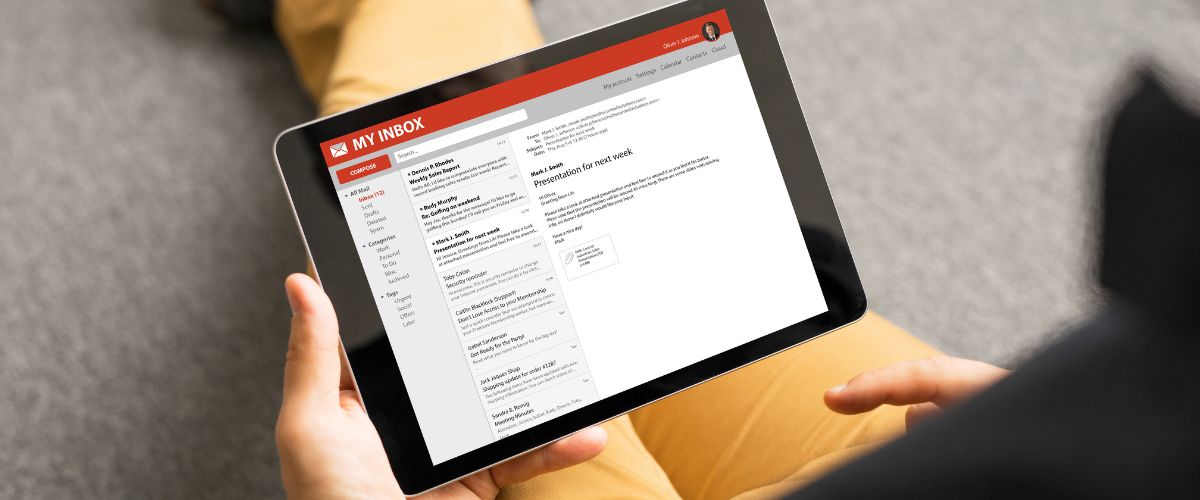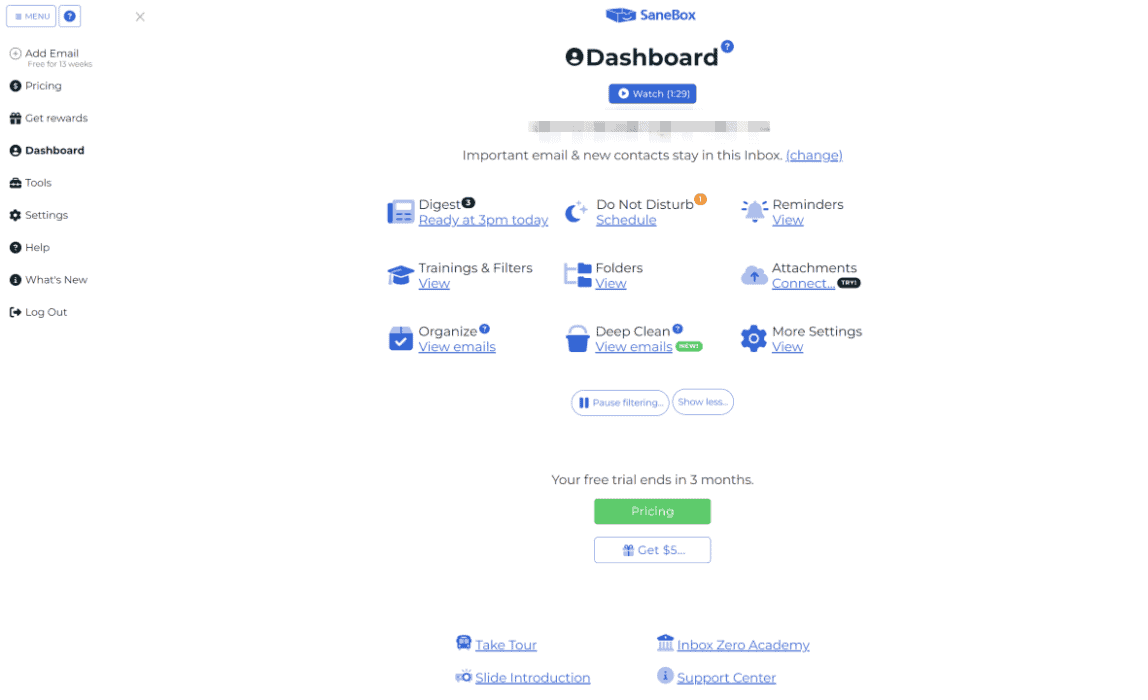 As the English poet Alexander Pope said: “order is heaven’s first law”, meaning that being organized is fundamental to promoting harmony and success. The same can be said about email management, as a properly managed inbox increases productivity and brings peace into your everyday life.
As the English poet Alexander Pope said: “order is heaven’s first law”, meaning that being organized is fundamental to promoting harmony and success. The same can be said about email management, as a properly managed inbox increases productivity and brings peace into your everyday life.
For example, uncluttered inboxes play a significant role in keeping business processes more streamlined. As you won’t have to keep sorting out emails every day, you can immediately attend to important emails and gain time that can be dedicated to other tasks.
Lucky for you, effective email management can be mastered in just a few steps. By setting aside a specific time to check your inbox, deciding which emails to answer first, and labeling messages, you’re already closer to a more organized inbox and schedule.
Check Your Inbox at a Dedicated Time
It’s tempting to check an email the moment it lands in your inbox. However, you risk veering off-course, as it diverts your attention from what you’re currently doing.
Instead of checking your inbox in small bits, consider setting up a dedicated time to read emails in bulk. It’s fine to do it more than once a day, but it’s important to keep a limit on how many times you open your email and how long you should spend checking each message. By doing so, you can guarantee a better-scheduled workday for yourself.
Don’t Open Every Email
It’s easier said than done, but not every email needs to be opened. For instance, you can easily discard any promotional emails from a freelance marketer if you already have a strong marketing team. Newsletters can also be deleted right away, especially if the topic is not of interest to you.
What’s more, try to only open emails once and take action right away. This practice, known as the ‘touch-it-once’ method, ensures that you don’t waste time reading the same emails twice, thrice, or more.
Unsubscribe from Newsletters
Newsletters will keep coming despite continuously putting them in the trash folder, and your inbox can quickly become cluttered if you have tons of subscriptions.
That being said, opting out is as easy as pie with the unsubscribe option. Although it’s time consuming, all it takes is clicking a button or writing an unsubscribe email to get rid of newsletters for good after getting tired of deleting them all the time.

It’s even possible to unsubscribe from newsletters in bulk. Most email services either offer this feature from the get-go or require an add-on, which helps speed up the process of opting out. For example, Gmail users can install the Gmail Unsubscribe plugin to be able to cancel numerous newsletter subscriptions in one go.
Set Up Automated Responses
Having your preferred email client send out automated email responses is a surefire way to maintain connections with clients, customers, and partners. You can simply compose and schedule a general out-of-office message to be sent out to your contacts for when you’re away. You avoid having to write separate emails during your time off and keep everyone in the loop at the same time.
An automated reply with your office hours and phone number included is also useful. This way, you can rest assured that people know when they can expect to hear back from you or how to reach the company in case of an urgent matter.

Create Folders, Labels, and Filters
Most email clients come with the option to create folders and add labels that are worth taking advantage of. Other than offering a swift way to locate specific messages, making use of these features can result in aesthetically pleasing inboxes with color-coded labels and unique folder names.
For example, folder names like ‘New’, ‘Ongoing’, and ‘Live’ can be especially helpful to a marketing specialist handling several promotional projects. It highlights which ones still need to be worked on, so they can quickly do the necessary follow-ups. If the specialist needs more clarity on which emails need urgent attention, it’s easy to create color-coded labels with red for new, orange for ongoing, and green for live.
But for any unwanted messages, it’s best to create a filter that places them straight to the spam folder or trash. It ensures that malicious emails are rooted out before they can deploy malware on your systems.

Use Email Organizing Software
The process of sorting out messages becomes immediately smoother with an email organizing platform. First of all, it can be programmed to deliver emails to your inbox at a specific time that fits your schedule.
In addition, users benefit from increased cybersecurity measures since email organizing software typically applies end-to-end encryption to protect sensitive information. Several platforms come with automated spam filtering tools as well to keep potentially harmful links and attachments at bay.
With email organizing tools like SaneBox, it’s also possible to automatically forward emails into specified folders. For instance, the software can place non-urgent emails into a ‘Read Later’ folder or unwanted emails into the spam folder. The best part is that it’s possible to test out SaneBox for free for 14 days.
Implementing email management best practices brings much more to the table than just an organized inbox. You gain peace of mind knowing that you can easily find what you need when you need it and save time on mundane tasks. By getting rid of unnecessary emails like newsletters as well as labeling and color-coding your messages, you also become much more productive in no time.



